A few weeks ago HOMER Energy got an email from a customer in Argentina. The Patagonia engineering company SyR Energía S.A.S. had been using HOMER Pro to build microgrids that integrate micro hydro, wind, PV and storage. “All the simulation and optimization was done with HOMER Pro, and the system is behaving exactly as planned,” said engineers Gonzalo Rodriguez and Mauricio Schneebeli describing a recent project. Would we be interested in publishing a story in our newsletter? “The system is very interesting because it combines two hydraulic turbines for 35 kW with AC coupling,” Rodriguez continued, “and it has an 80 kW solar array, with 144 kWh hours of Li-Ion battery storage.”
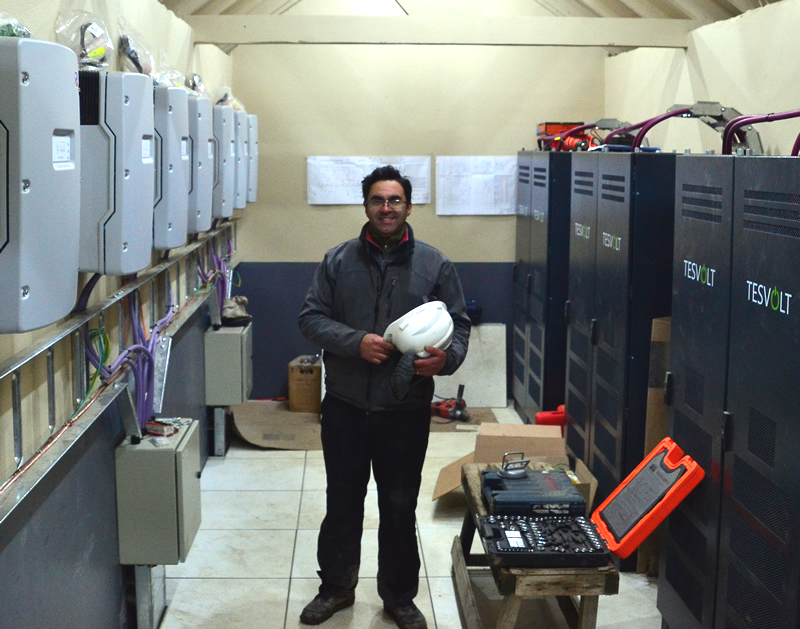
Of course we would be interested! But what we didn’t realize until we spoke with Rodriguez was that he and his colleague Mauricio Schneebeli are involved in one of the most massive and important wilderness conservation projects in the world. That project is restoring and preserving millions of acres of land and converting it into a vast collection of magnificent national parks in Chile and Argentina. Thanks to the expertise of SyR Energía, HOMER Pro is playing a key role in creating systems to harness the energy resources needed to manage these parks.
Preserving Wilderness in Patagonia
The vision and financial resources behind this landmark project come from Doug and Kris Tompkins, Americans who moved to Chile in the early 1990s, determined to work for preservation of some of Earth’s most stunning wild landscapes. Doug was the founder of the North Face and a co-founder of Esprit, while his wife Kris was the CEO of Patagonia for twenty years. Together, they helped create six new national parks by donating three million acres in Chile and Argentina, and ultimately worked with both governments to leverage over 10 million acres of protected land.
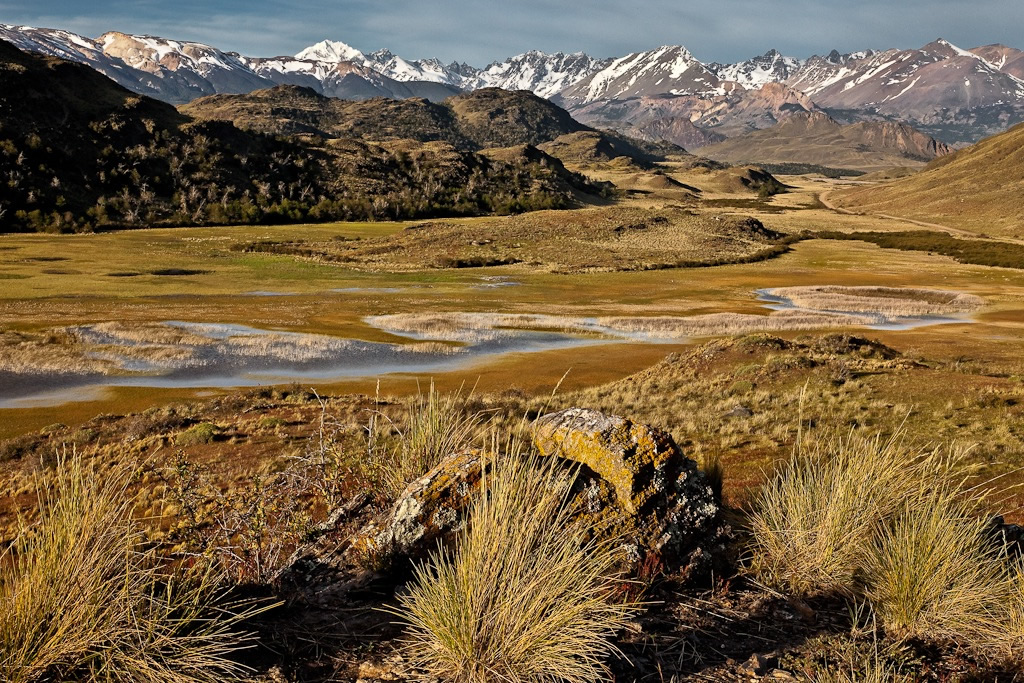
It’s not just that the Tompkins donated acreage. They worked tirelessly for the past two decades to rehabilitate areas degraded by logging, mining, overgrazing and overfishing, removing non-native plants and animals, and restoring entire ecosystems. They have embarked on “rewilding” projects, reintroducing endangered species back into their native habitats. To create the Iberá National Park in Argentina, for example, a 3.2 million acre grassland that has been described as a cross between the Everglades and the Serengeti, Tompkins Conservation foundations bought critical habitat and as well as surrounding ranches that serve as buffer zones.
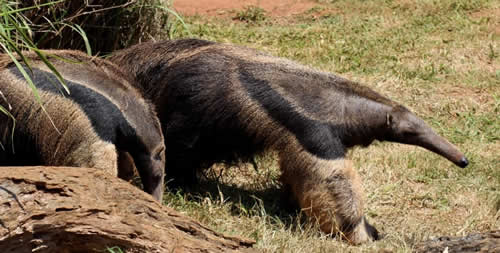
They have funded the reintroduction of animals such as giant anteaters, tapir, the green backed macaw and apex species such as the jaguar and puma. For populations that were decimated, scientists have been borrowing breeding animals from zoos across South America so they can release the offspring into the wild.
SyR Energía is Powering Patagonia Parks with Micro Hydro
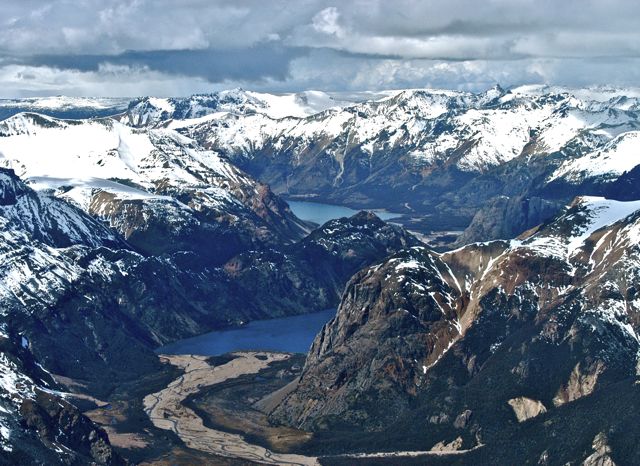
One project that SyR Energía is working on now will provide electricity for park amenities in the magnificent Parque Patagonia in Chile, a regional treasure of biodiversity spanning over 700,000 acres of grassy steppe, forest, wetlands and alpine environments. Once a huge sheep farm, the Tompkins foundation Conservación Patagonica – along with volunteers from the company Patagonia – has removed fences, sold off over 20,000 head of livestock to repair the land from overgrazing, and restored native plants to large areas.
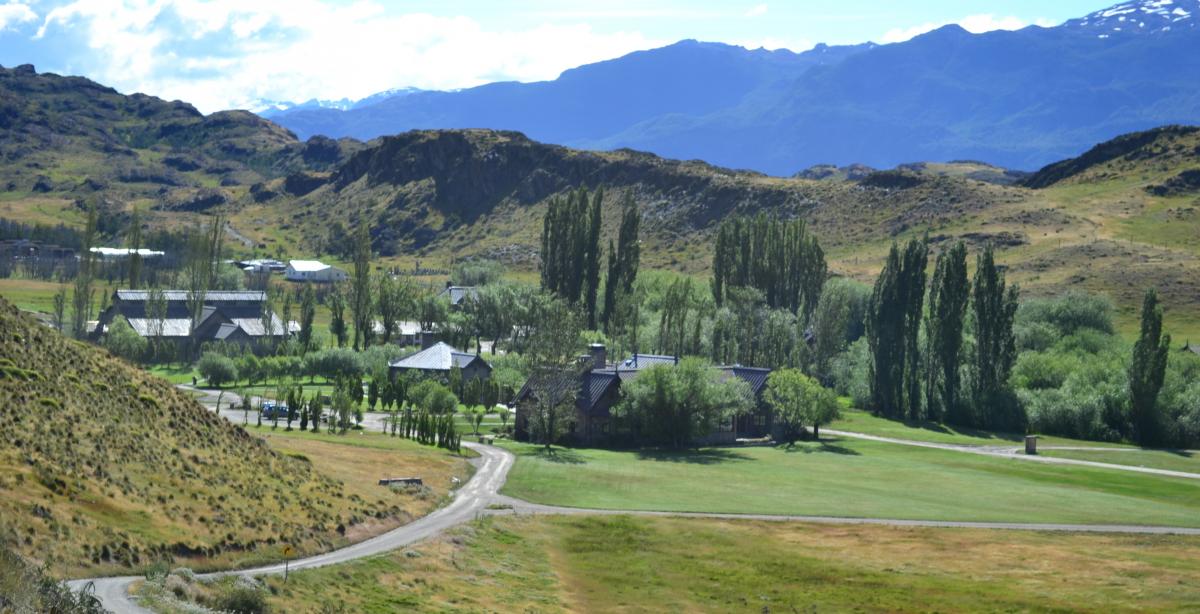
Doug and Kris Tompkins have also worked tirelessly to oversee construction of sustainable amenities in all of the parks they created to accommodate visitors – cabins, campgrounds, trails, information centers, and other public facilities. Sustainable energy has been a key part of that vision, and in a video on the “right” way to create parks, Doug Tompkins once said, “Energy should be produced from locally available resources.”
That mission is what has guided SyR Energía in its design of energy systems for the Tompkins parklands and many other customers. Engineers Schneebeli and Rodriguez have been using the HOMER software for almost ten years, and Rodriguez says, “I love it because it is very useful. All our systems are hybrid projects. We are in Patagonia, a huge expanse of land, a whole country with very few people. There are few electric grids. This is the main reason we are specialists in off-grid systems.”
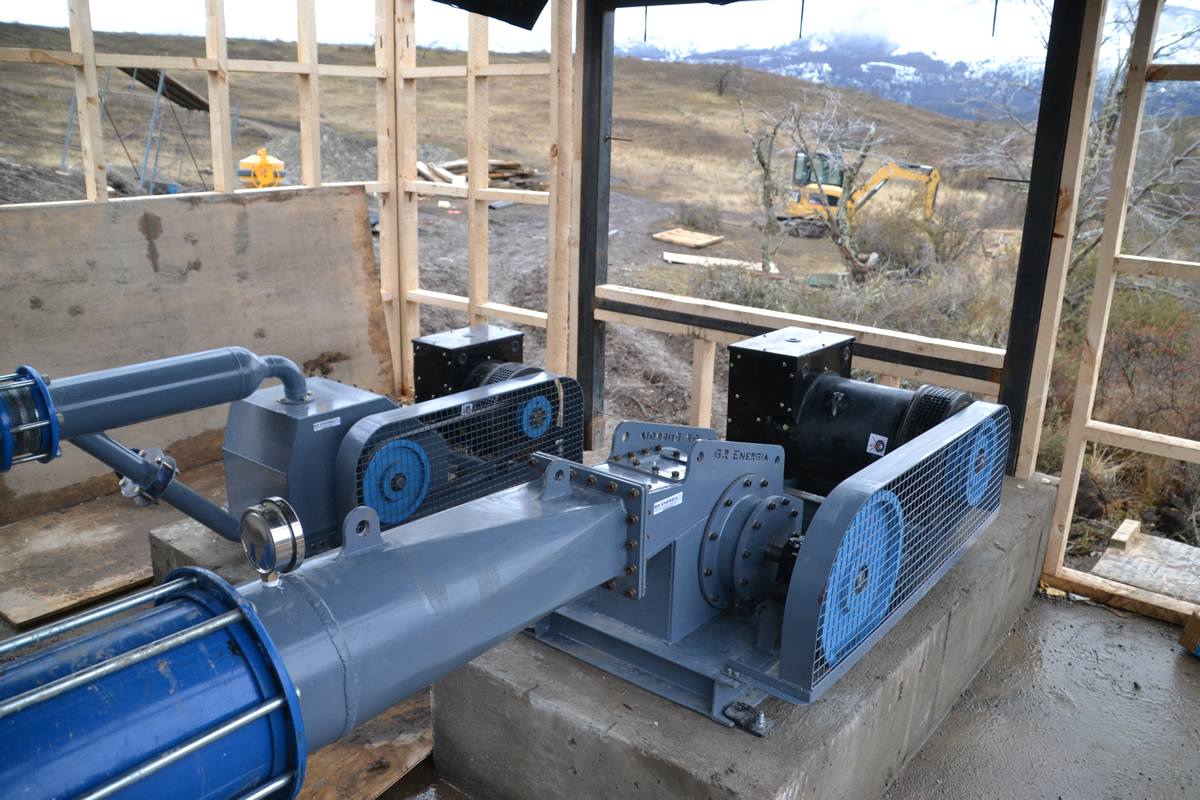
Rodriguez explains that during the winter and spring, water from snowmelt comes thundering down out of the foothills of the Andes. These wild streams are the perfect resource for micro hydro turbines (crossflow in this case) that can capture the water’s energy and turn it in to a local electric resource. Designing, manufacturing and commissioning these turbines has been the mission of SyR Energía for 17 years. But, in the summer, the streams dry up, and local energy generation requires another resource, like solar, to keep the power flowing. HOMER Pro can model systems to handle these changing requirements. “We use the cost of energy to make decisions, which is what HOMER does. It’s too complex with a simple spreadsheet, and off-grid systems can be very expensive,” Rodriguez says.
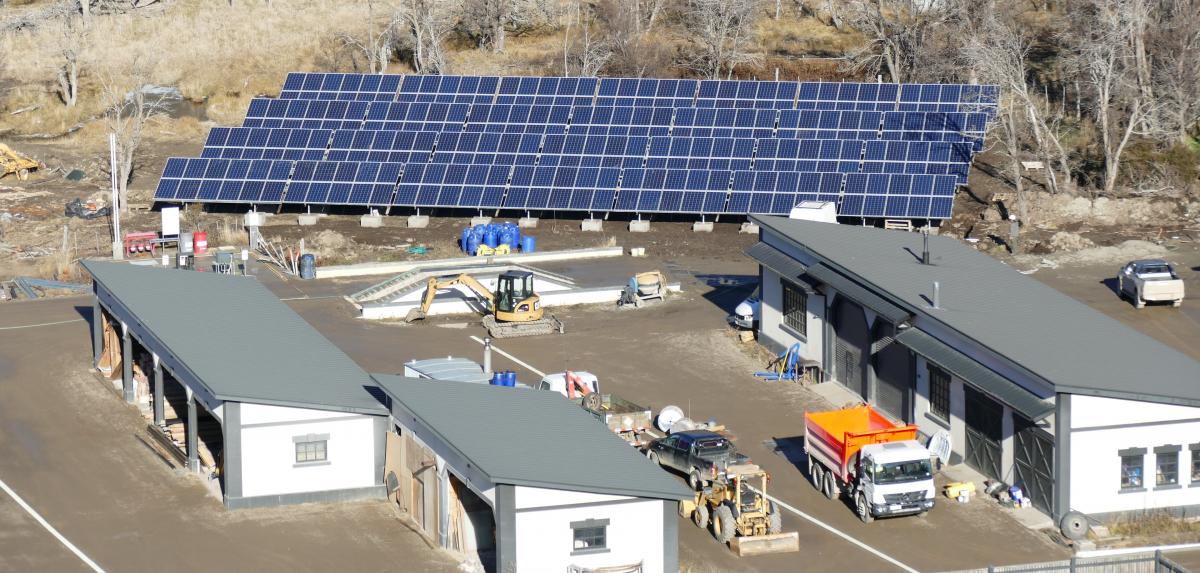
The most recent microgrid in Parque Patagonia features two micro hydro turbines for a total of 35 kW with AC coupling, an 80 kW solar array, and 144 kWh in lithium batteries. Rodriguez says when he figured out how to use SMA’s Sunny Island inverters with his micro turbines, SMA didn’t seem too happy, “because there was nothing ‘sunny’ about hydro.” But just months ago, SMA finally certified its inverters for use with the SyR Energía turbines. “I am a very lucky man,” Rodriguez says, explaining that he has so far built over a dozen hybrid microgrids, private and govermental, and has several more on the drawing board.
Patagonia: Many meanings
In the late 1960s, Doug Tompkins drove from San Francisco to southern Patagonia in an old Ford van with several friends including Yvonne Chouinard, the founder of the Patagonia clothing and equipment company. Their aim was to have fun (they called themselves the “Fun Hogs,”) and to climb. Ultimately, they made the 3rd ascent to the summit of Mount Fitz Roy. With its sheer granite towers and weather-challenged peak, Fitz Roy is one of the most notoriously dangerous and difficult climbs on the planet. That trip made an indelible impression on everyone: Patagonia became the name of a business that, under the leadership of Yvon Chouinard and Kris Tompkins, became one of the most successful and philosophically groundbreaking companies in the US; Mount Fitz Roy became the background for the iconic Patagonia logo. Patagonia called powerfully to Doug Tompkins too. In the early 1990’s he cashed out of Esprit and moved to Chile permanently with Kris Tompkins to channel his passion for the environment into preserving some of the world’s most breathtaking landscapes.
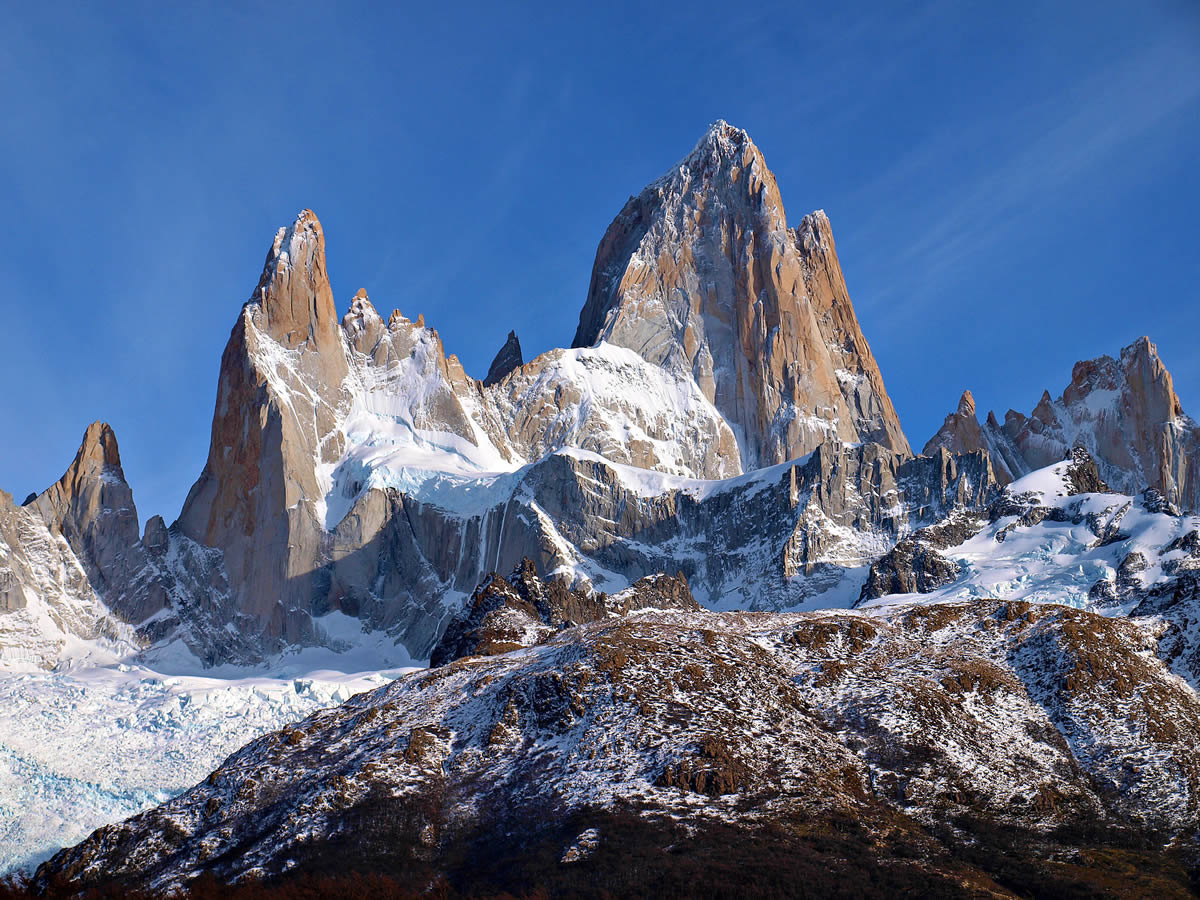
In 2015, Doug Tompkins died tragically in a freak Patagonia kayaking accident, but not before the couple had already achieved remarkable results, work that Kris carries on. The Tompkins’ vision and generosity continues to support and motivate governments, scientists, South American environmentalists and engineers like Gonzalo Rodriguez and Mauricio Schneebeli who agree with their approach to creating a sustainable future, anchored in protected ecosystems that demonstrate the viability of local, hybrid renewable energy systems and the permanent protection of wild places.
HOMER software delivers industry-leading system simulations, optimization, sensitivity analysis and best-in-class storage models across three categories of hybrid systems: islanded microgrids, grid-connected distributed generation, and front-of-the-meter utility-scale storage and hybrid systems.
Learn More
Visit UL Solutions HOMER® software to learn more about HOMER Pro, HOMER Grid and HOMER Front modeling and optimization software, download complimentary trials, sign up for training and explore our extensive knowledge base and other support documents.

Excelente news! Congratulations to Gonzalo and Mauricio!
Thank you Rafael for your comment.
All the best,
Lili Francklyn
This is impressive, there are a lot of places were we need to do projects like that in Bolivia. I am trying to do something similar with my university thesis, but I am having problems on how to integrate the wind system, and how to take advantage of the scarce water flow, to select a micro turbine.
You guys are amazing i will try to use Homer system on my work.
Best Regards.
Thank you Brandon and good luck on that thesis!
All the best,
Lili Francklyn
Nice article that shows very well how renewable energy in small scale are aiding to recover the original ecosystem of an old sheep farm in chilean Patagonia many decades overgrazed, that now became a magnificent national park by means of the efforts from Doug and Kris Tompkins and Tompkins Conservation team. I’m colleague and friend of Gonzalo Rodriguez and had introduce him Dago Guzman and Doug and Kris Tompkins. I have been working together Gonzalo from the very beginning stage microgrid project, just after the refurbishing the former old 24 kW cross-flow turbine in my small mechanical shop MTF LTDA. in Chile. That micro hydro plant together Diesel generator group was the first off-grid energy system. Congratulations for GyR Energia and Homer for make the Doug dream a reality.
Hello Carlos,
Thank you so much for your kind comment, and for providing us with this interesting story of your background with the Tompkins and SyR EnergÃa! Also thank you for your work on renewable energy in South America.
Wishing you all the best,
Lili Francklyn
Hello Lili, many thanks for your words.
l must say to all all the “fanatics” that renewables complies with the E. F. Schumacher postulates and his lessons in the book “Small is Beautiful”, to reach a really sustainable world with human scale economies. That’s an attainable dream with patience and sageness. So go ahead, there are much work at sight.
All the best,
Carlos Bonifetti
Thank you Carlos!
All the best,
Lili Francklyn
I love that you mention E. F. Schumacher’s book, Small is Beautiful. Reading that book in 1976 launched me on my career in distributed renewables.
What good memories Carlos, I remember when I was asked for advice 10 years ago to operate a couple of turbines in the area, I remember one of Canadian origin poorly operated and complex, beautiful by the way, and I met the only machine with decades of operation without problems, your Caleta Gonzalo machine. Then the LEED lamps just arrived and I took the opportunity to show the graphic results of Homer to the administrator Guzmán who told me about Schneebeli and also about what they called “turbineros”, without a doubt your Bank Mitchell machines are proven to be the exception.
In these 10 years we have undoubtedly advanced a lot, energy systems are already part of our projects in an essential accessory way, we are designing and building proprietary, self-developed residential systems, unlimited systems with unthought-of architecture beyond all challenges and latitudes and Homer is an indispensable tool that integrates that part of the energy resources in and out of the network impeccably, without a doubt this is a great project, congratulations!
Thank you for this comment Miguel, and thanks for reading the Microgrid News!
All the best,
Lili Francklyn
We need more parks like this around the world!
experiencing the natural environment connects people back to the elements and thus sustainable carbon free energy
Thank you for this comment Ron.
All the best,
Lili Francklyn